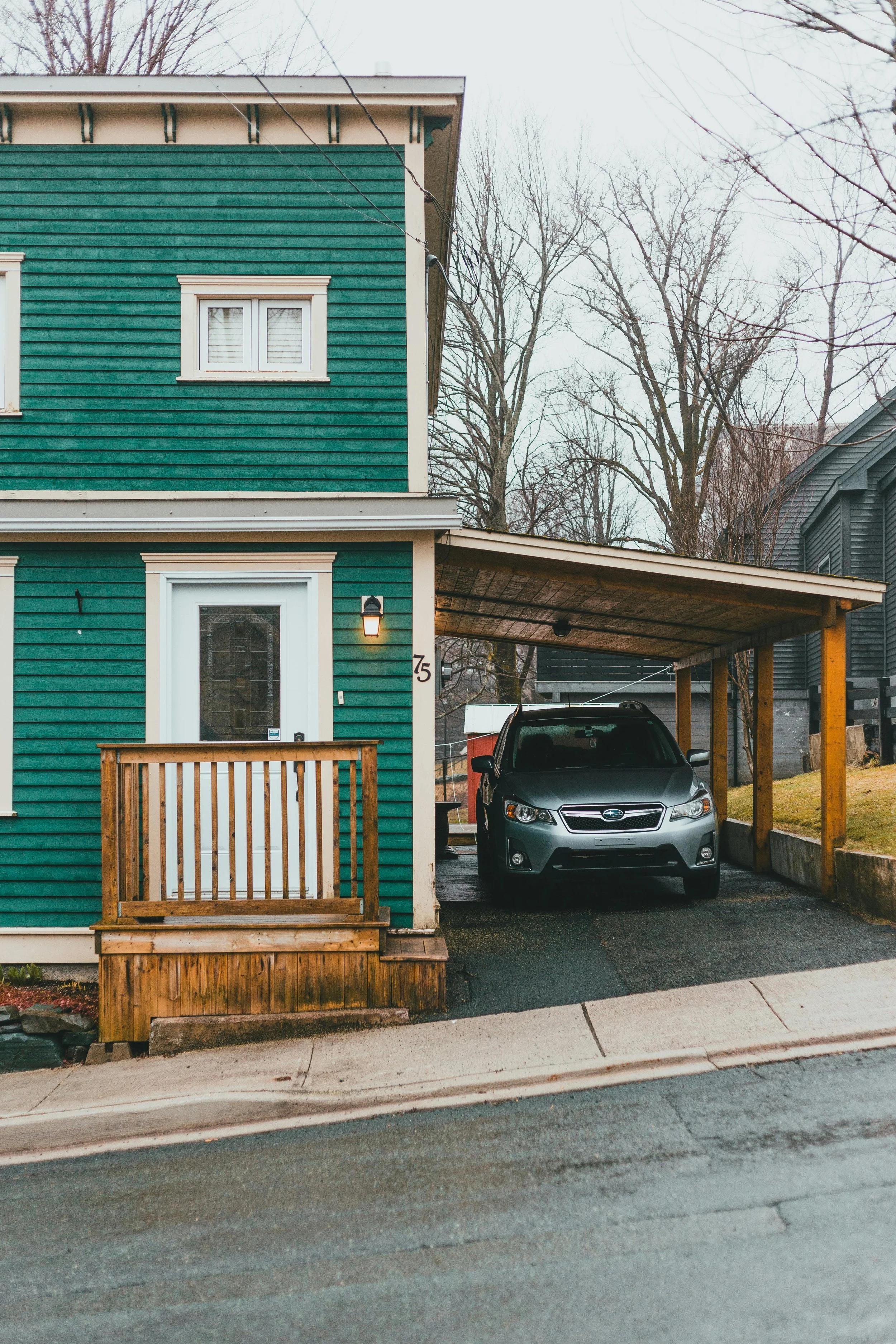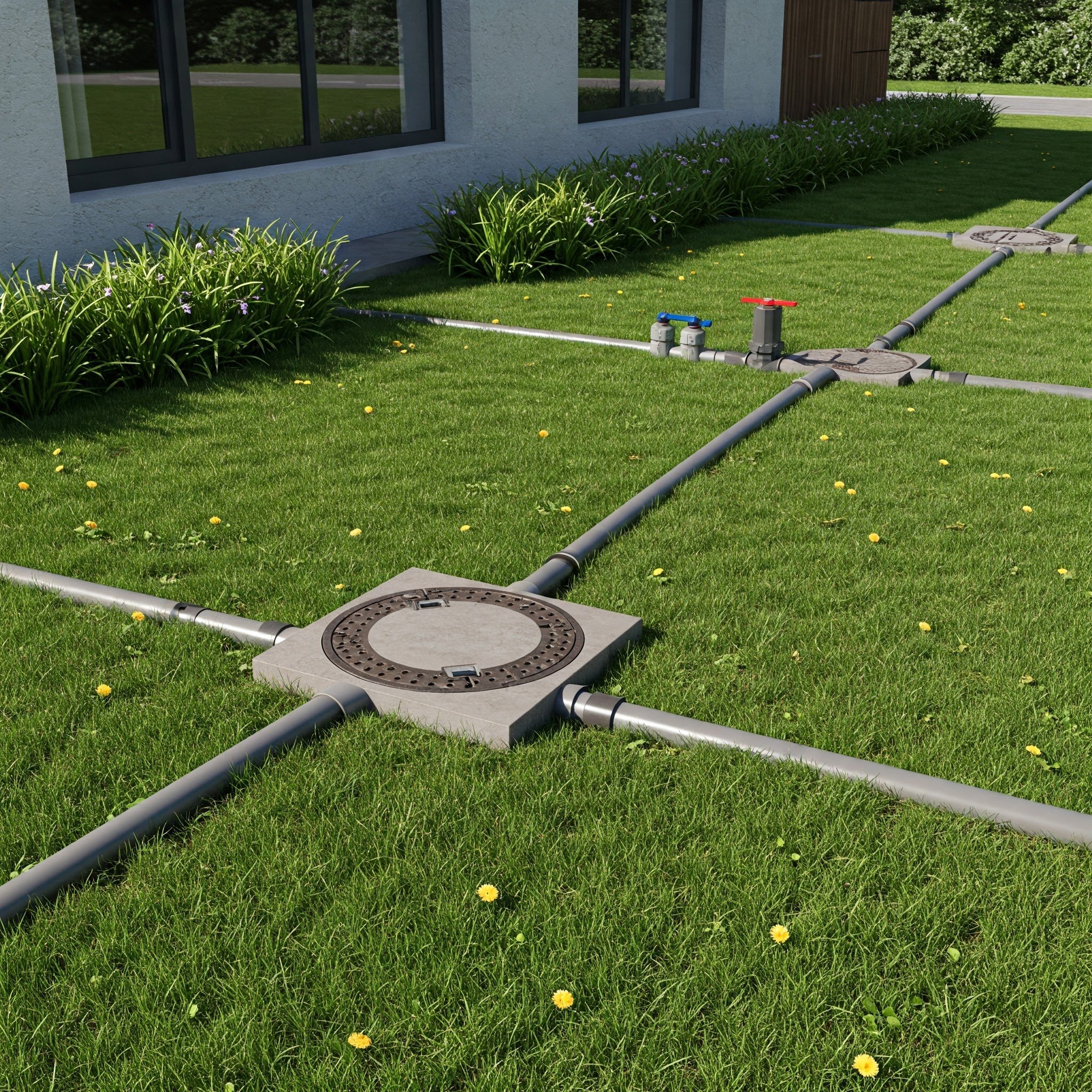How to Build a Carport: Step-by-Step DIY Guide
Ready to protect your vehicle from the elements? Dive into our detailed guide on how to build a carport, featuring a step-by-step DIY approach that ensures your project is a success, complete with practical tips and tricks.
Ever glanced out at your vehicle sitting in the driveway, getting hammered by rain or baking in the sun, and thought, "There’s got to be a better way"? Well, building a carport might just be the solution you need! Not only does a carport protect your vehicle from the elements, but it can also add value to your property. Fear not if you're new to the DIY scene—this guide will walk you through how to build a carport, turning a daunting task into a manageable project with rewarding results. Grab your tools, and let's get started!
Planning Your Carport
Before you start sawing and drilling, a little bit of planning will go a long way. Here’s what you need to sort out first:
Determine the Size: Determine the number of vehicles you need to accommodate before choosing a carport size. A single carport typically requires a width of about 12 feet, while a double carport needs approximately 20 feet. Proper planning ensures ample space for your vehicles and allows for easy access and protection from the elements.
Choose the Location: Positioning your carport near your house offers convenience and easy access, especially in bad weather. However, also factor in sunlight exposure to prevent excessive heat and consider the site’s drainage to avoid water pooling. A well-chosen location ensures functionality, comfort, and longevity for your carport and the vehicles it protects.
Check Local Regulations: Before building a carport, check with your local building authority for specific codes and permit requirements. Many areas regulate structures like carports to ensure safety and compliance with zoning laws. Verifying these details upfront helps you avoid potential fines or the need for costly adjustments later in the process.
How to Build a Carport: Step-by-Step DIY Guide
With your plan in hand, it’s time to roll up your sleeves and start building. Here’s your roadmap:
Step 1: Gather Your Materials and Tools
Materials: Building a carport requires essential materials such as posts for support, rafters for the framework, and durable roofing material for protection. Additionally, you’ll need concrete to secure the posts and fasteners to hold everything together. Gathering these materials beforehand ensures a smoother and more efficient construction process.
Tools: Equip yourself with the necessary tools for building a carport, including a circular saw for cutting materials, a drill for fastening, and a hammer for securing components. Use a level for accuracy, a tape measure for precise measurements, and a post-hole digger to prepare secure foundations for the support posts.
Step 2: Prepare the Site
Clear and Level the Ground: Before constructing your carport, ensure the area is level and clear of debris for a stable foundation. In some locations, you may need to remove the top layer of soil to reach firmer ground, providing a solid base. Proper site preparation is crucial for durability and structural integrity.
Mark the Layout: Mark the locations for your carport posts by using stakes and string to outline the layout. This step ensures accurate placement and alignment of the structure. Double-check measurements and spacing to confirm everything is square and even, setting a solid foundation for a sturdy and visually appealing carport.
Step 3: Set the Posts
Dig Post Holes: When digging post holes for your carport, aim for a depth of about one-third of the post's height, but ensure it’s at least 2 feet deep. This depth provides stability and helps the structure withstand environmental factors like wind. Properly set posts are crucial for a secure and durable carport.
Set the Posts: Position each post in its hole and use a level to ensure it’s perfectly vertical. Once aligned, mix and pour concrete around the base of each post to secure it in place. Allow the concrete to cure fully, following the manufacturer’s instructions, for a strong and stable carport foundation.
Step 4: Install the Rafters
Cut Rafters to Size: Install rafters across the width of the carport, ensuring each one spans the full distance for proper support. Secure them evenly along the top of the posts to create a sturdy framework. Accurate placement and spacing of the rafters are crucial for stability and to evenly distribute the roof's weight.
Attach Rafters to Posts: Attach the rafters to the posts using joist hangers for added stability or secure them directly with decking screws. Both methods ensure a strong connection, supporting the carport's structure and roof. Be precise during installation to maintain proper alignment and ensure the framework is durable and evenly balanced.
Step 5: Add the Roof
Choose Your Roofing Material: Metal sheets are a popular choice for carport roofing due to their durability and ease of installation. They provide excellent protection against weather elements and require minimal maintenance. Lightweight and available in various styles, metal sheets are a practical and long-lasting option for creating a sturdy and reliable carport roof.
Secure the Roofing: Begin installing the roof panels from one side of the carport, laying them carefully across the rafters. Secure each panel using roofing screws equipped with rubber washers, which help create a watertight seal. Overlap the panels slightly for added protection, ensuring a secure and weather-resistant carport roof.
Step 6: Finishing Touches
Trim and Paint: Enhance the appearance of your carport by adding trim boards along the edges for a polished finish. To further complement your home’s aesthetic, consider painting or staining the carport in a matching color. These finishing touches not only improve curb appeal but also provide additional protection against weathering.
Cleanup: Once your carport is complete, clear away any leftover materials or debris to tidy up the construction site. Proper cleanup not only enhances the appearance of your new structure but also ensures safety by removing potential hazards. A clean, organized area highlights the quality and effort of your finished project.
Tips for a Successful Carport Build
Double-Check Everything: Accuracy is key in construction, so always measure twice and cut once to avoid costly mistakes. Taking the time to double-check your measurements ensures precision, prevents waste of materials, and saves time in the long run. This simple practice is essential for achieving a professional and well-finished result.
Weather Considerations: Plan your carport construction around the weather, as certain steps, like pouring concrete, require dry conditions for optimal results. Rain or extreme weather can delay progress and compromise the quality of your work. By choosing a clear, stable forecast, you ensure a smoother process and a durable, long-lasting structure.
Safety First: Always prioritize safety by wearing appropriate gear, such as gloves, safety goggles, and sturdy footwear, especially when handling power tools or heavy materials. Protective equipment reduces the risk of injuries and ensures you can work confidently and efficiently. Taking these precautions is essential for a safe and successful construction project.
Conclusion
Building a carport might seem like a hefty weekend project, but with the right preparation and tools, it’s definitely achievable. Not only will you provide a safe haven for your vehicle, but you’ll also enhance the functionality and appeal of your property. Remember, each step in how to build a carport is an opportunity to customize and create a space that fits your needs and aesthetic. So, don’t shy away from taking the plunge into this rewarding DIY adventure!
Frequently Asked Questions
How long does it take to build a carport?
Depending on the size and complexity, it can take anywhere from a weekend to a few weeks.
What’s the best material for roofing a carport?
Metal roofing is highly recommended due to its longevity and minimal maintenance.
Do I need to anchor my carport to the ground?
Absolutely, especially in areas prone to high winds. Anchoring kits can be purchased specifically for this purpose.
Can I build a carport on uneven ground?
It’s possible, but more prep work is needed to level the site or adjust the design to accommodate the slope.
What is the most cost-effective way to build a carport?
Using standard-sized materials and doing the work yourself are the best ways to keep costs down. Shopping around for materials and waiting for sales can also reduce expenses.
































